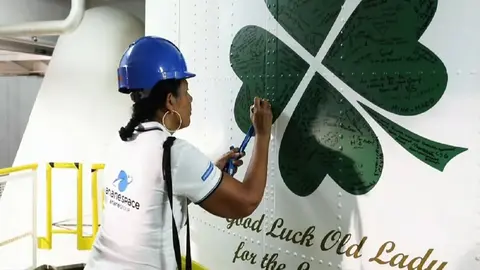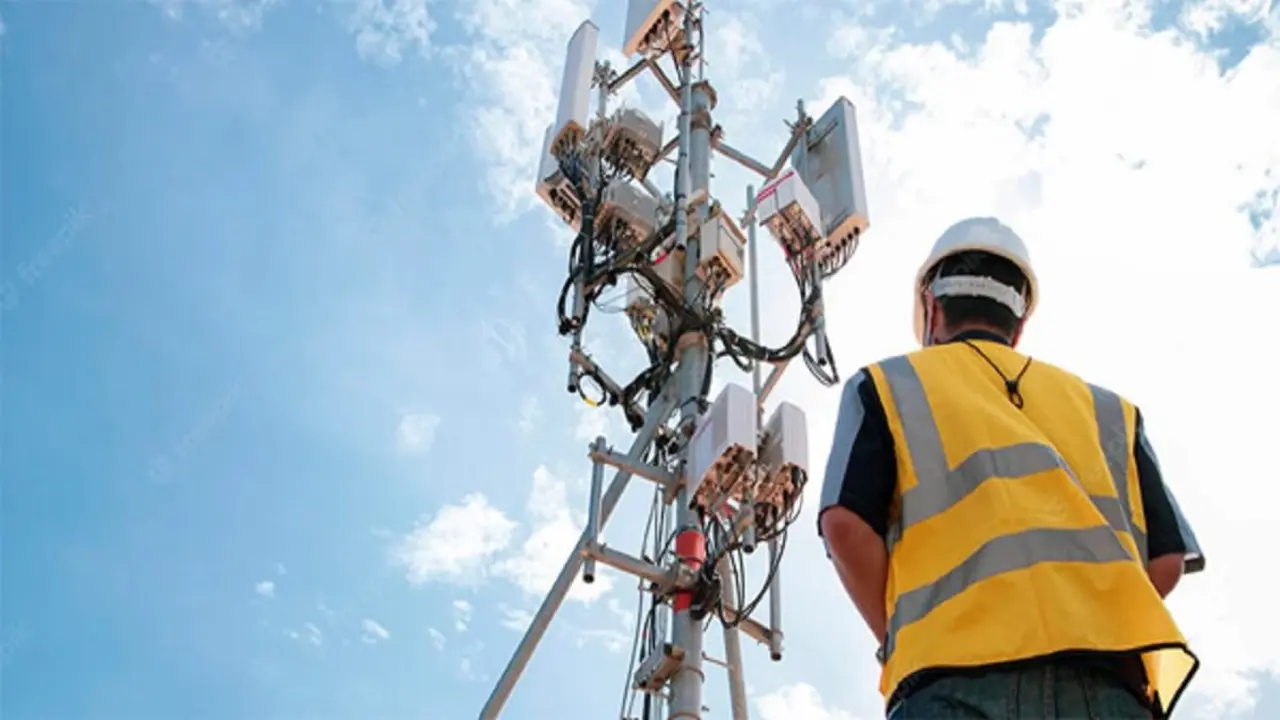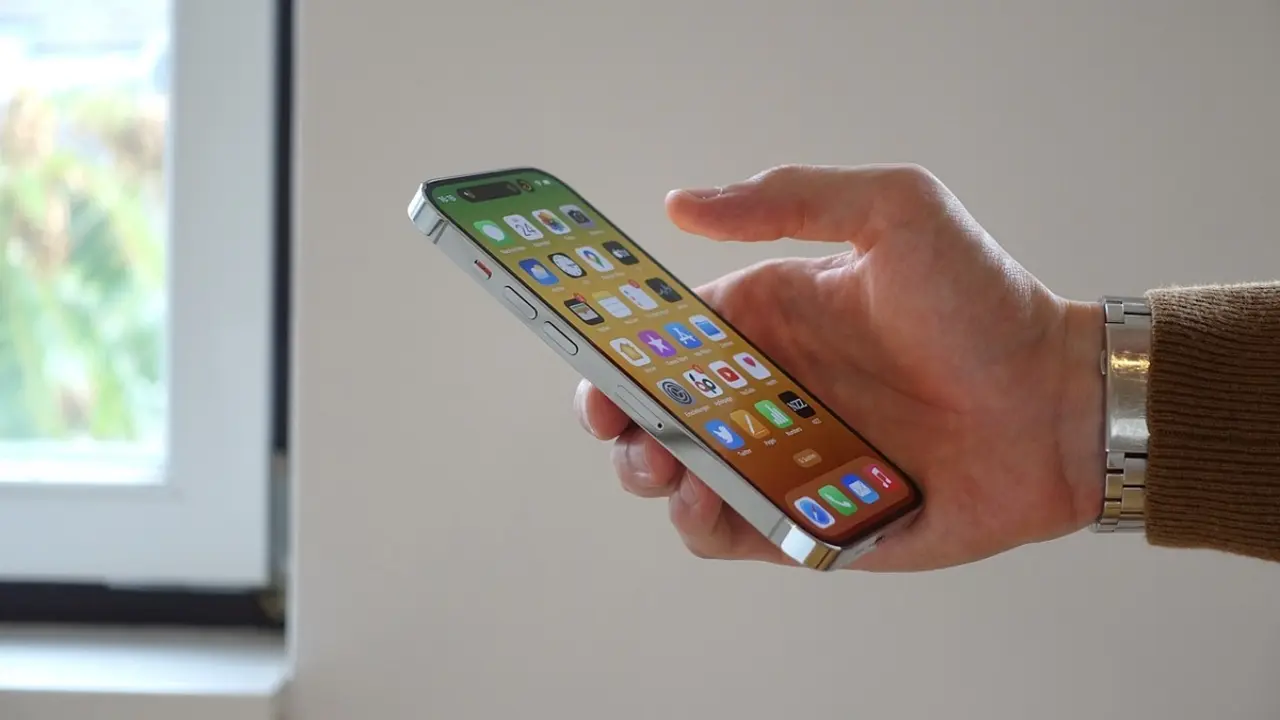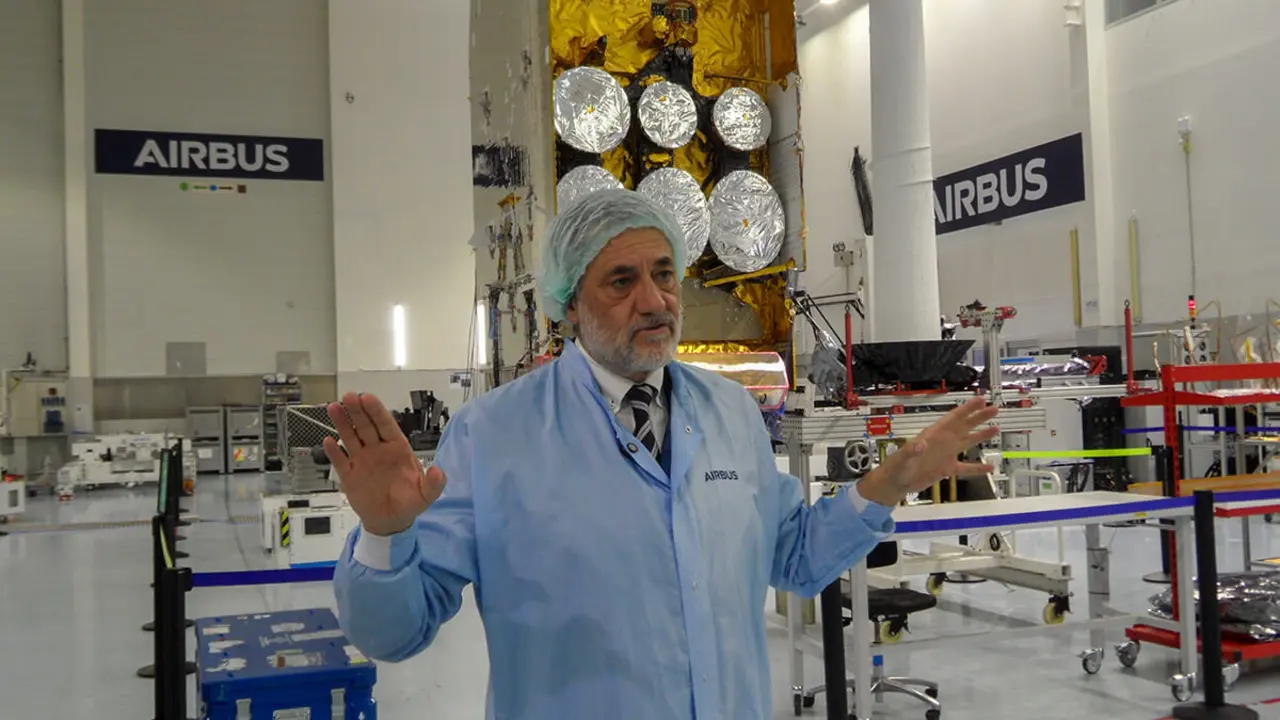These are the Spanish companies and managers who have contributed to the success of Ariane 5

Three Spanish companies have contributed directly and capitally to maintain for more than 25 years the high reliability rate and excellent international reputation of Ariane 5, Europe's main space transportation vector.
From the second half of the 1980s until its last launch on 5 July in French Guiana, Airbus Space Systems, Airbus Crisa and GTD have striven to continuously contribute and improve their best technology to conceive, develop, manufacture, operate and launch Ariane 5 into space with maximum guarantees. A total of 117 launches and 112 successful launches attest to this.
For the former general manager of Airbus Space Systems, Antón Cuadrado, who has held all the important positions linked to the Ariane 5 in CASA Espacio and its subsequent integration into Airbus, the rocket represents "the consolidation of the Spanish presence in the European Ariane launcher programmes, where we have been and are first level contractors". The aim was to mass-produce a launcher with a height of 55 metres, the equivalent of an 18-storey building, with a weight of 780 tonnes, the mass of some 600 cars.

For Ariane 5, "we provided large carbon fibre structures for the middle and upper part of the launcher, manufactured with automatic positioning technology (fibre placement), which was an innovation in the sector". Airbus manufactured the largest single-piece structure for the Ariane 5 at Barajas. The one-tonne ISS housed the launcher's inter-stage separation system, which was developed with Dassault as a subcontractor. It also manufactures adapters to physically and electrically fix the satellites and prevent damage from vibration; and multiple separation systems to safely eject the satellites into outer space. Thanks to the quality of its products, the latter are used by the American Atlas V and Falcon 9 launchers, the Japanese H-2 and the European Vega and Vega C. And the Russian Soyuz until a year and a half ago.
In order to take on more responsibility, Airbus and the National Institute for Aerospace Technology (INTA) set up the Ariane 5 Ariane Programme Test Centre (CEPA) at the Institute's headquarters in Torrejón (Madrid). "Complete tests of the upper part of the launcher were carried out there, testing a combination of structures manufactured in different countries by different contractors".
The contracts were signed in batches of 10 to 30 Ariane 5s, which ensured that the Barajas factory - now moved to Getafe, also in Madrid - maintained a significant workload throughout the life cycle of the launcher. It benefited equally the subcontractors, for example Jupasa, a company specialising in the manufacture of high-tech mechanical parts and structures; Electrónica Aranjuez, which provided wiring; and the national subsidiaries of engineering companies such as Altran, Atos and CTS.

The sequential electronics that never failed
For Airbus Crisa and Víctor Rodrigo, its general manager since 1984 and for 27 years, Ariane 5 has meant "the consolidation of Spanish industry in an ambitious, long-lived and highly recurrent project". From a business point of view, "it was like having a 30-year contract, there was nothing better".
Víctor Rodrigo recalls that "when we first entered the space sector in 1988, the French Space Agency provided us with the first draft of the initial specifications". But the system as a whole "was constantly being modified and it took us about two and a half years to fine-tune our responsibility.
Crisa provided each Ariane 5 with the sequential electronics, four boxes responsible for generating the huge, orderly succession of commands and actions that took place on board the launcher from the moments before liftoff and throughout the mission. Two modules were housed in the lower stage and "acted on all elements, for example, opening and closing valves of the Vulcain rocket engine, collecting information and sending actuation signals".

Another example. "They sent the signals to activate the pyrotechnics that separated the two rocket stages and released the two solid fuel boosters attached to the Ariane 5's central body". Those boosters generated 92% of the thrust until the first 2 minutes and 21 seconds of the flight, when the rocket was at about 69 kilometres altitude. "After that, they became a dead weight that had to be released, a process that was carried out by the signals from our electronics," stresses Víctor Rodrigo. In total, Crisa produced about 500 flight units.
The other two Crisa boxes were located in the upper stage. Their function was to ensure the separation of the hood protecting the satellites or spacecraft carried by Ariane 5 and to eject them into outer space. "The sequential electronics never failed," says Victor Rodrigo with satisfaction.
Another company that has had very close links with the launcher that has just come to the end of its service life is GTD Sistemas de Información. Its director is Marta Escudera, who is responsible for the company's international success. In the opinion of its commercial director, Ricardo Bennassar, over the last 30 years, the Ariane 5 "has been everything for us".

GTD secures the operation of the Guyana Control Centre
GTD maintains a team of a dozen engineers and technicians at the Guiana Space Centre whose role is to provide critical software services for virtually all ground and in-flight phases of each Ariane 5 mission. On the one hand, they ensure the proper functioning of all ground systems controlling launch operations, including radars, telemetry and mission control systems.
Once the launcher is on the ramp and then in flight, the computer technology designed and implemented by GTD dumps and analyses the data from the Ariane 5 main computer on the Control Centre at the Kourou space base - called Jupiter II - from where all the rocket's parameters are monitored during its ascent.

At the same time, a support team in Barcelona, 8,000 kilometres away, acts as a "backup for the computer systems in Guyana", says Ricardo Bennassar. Could it be said that GTD owes its business development to Ariane 5?, I ask the commercial director. His answer is immediate: "That's absolutely true. Ariane 5 has opened up many opportunities for us beyond Guyana.
In the opinion of Álvaro Azcárraga, former president of the International Astronautical Federation and for several decades director of the space area of what is now Sener Aerospace, "Spain could not and should not be absent from the development of launchers". "The first company aware of this was Construcciones Aeronáuticas (CASA), which in the mid-1960s set up the CASA Espacio division, which later became a company and from the 1970s onwards worked on Ariane 1, 2, 3 and 4.

The green light for Ariane 5 was agreed at the ESA ministerial summit in The Hague, the Netherlands, in November 1987, to carry the 21-tonne European manned space shuttle Hermes on top and take over from Ariane 4, which had been in service since June 1988. But Hermes was cancelled in 1992 and ministers decided to develop a 10.5-tonne Ariane 5, work on which was completed in 1995.
Those familiar with the programme point out that with a Spanish contribution of around 2% of the total investment in Ariane 5, the workload received by the national industry "was very good at the time". The companies "were assured of a continued turnover even for decades", which resulted in a notable increase in their design, development and production capabilities. However, in the second half of the launcher's life, the Spanish contribution was "stagnant" despite the fact that "much greater technological capabilities had been acquired". "Attempts were made to expand them, but without success," they conclude.











